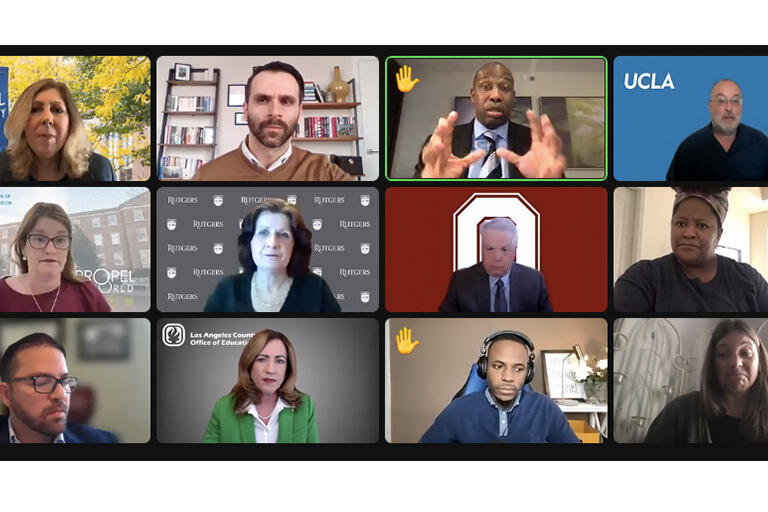School districts and policy makers must do more to support the mental health of educators and school personnel, many of whom are experiencing verbal harassment and threatening behaviors while on the job, according to a survey conducted by a task force of the American Psychological Association (APA).

One out of three teachers responding to the survey (33%) reported at least one incident of verbal harassment or threatening behavior from a student, and 29% reported at least one incident from a parent of a student, the survey found. The numbers were even higher for school administrators: approximately 37% reported at least one incident of harassment or threat of violence from a student and 42% reported the same from a parent.
“Many surveys have shown how the COVID-19 pandemic is negatively impacting students. Unfortunately, we are also seeing that teachers, administrators, social workers, psychologists, and school staff, are victims of harassment, threats, and sometimes even physical harm. Everyone deserves to feel safe at school–adults and children alike,” said Professor Frank C. Worrell, APA president and faculty director of the UC Berkeley Graduate School of Education’s School Psychology program.
Participants were asked about their experience with threats of violence (including verbal harassment, threats or cyberbullying) from students, parents/guardians, colleagues and administrators, as well as physical violence from students. They were also asked about their desire or intention to quit, retire early or transfer to another position in the school or school district.
Approximately 14% of teachers reported incidents of physical violence from a student. And it wasn’t just teachers. At least 18% of school psychologists and social workers, 15% of school administrators and 22% of other school staff reported at least one violent incident by a student during the pandemic.
The survey found nearly half (49%) of teachers expressed a desire or plan to quit or transfer to another school. More teachers reported a desire to quit (43%) than to transfer (26%). Although not as high as among teachers, a large percentage of school psychologists and school social workers (34%), school administrators (31%) and other school staff (29%) also reported a desire or plan to quit or transfer.
“Violence against educators is a public health problem, and we need comprehensive, research-based solutions,” Susan Dvorak McMahon, PhD, of DePaul University, chair of the APA Task Force on Violence Against Educators and School Personnel, said in a statement.
“Current and future decisions to leave the field of education affect the quality of our schools and the next generations of learners, teachers and school leaders in the nation. Physical and verbal violence directed against school personnel may be exacerbating reports of high stress, transfers and leaving the profession,” McMahon said.
The task force offered recommendations to address violence against school personnel, including:
- Supporting the mental health of school personnel as well as students and promoting trauma-informed practices.
- Enhancing school organizational functioning by including educators’ voices in decision-making.
- Increasing school capacity by meeting the professional development needs of educators and school personnel and addressing the socio-emotional and mental health needs of students.
- Providing research-based systemic training to prevent school violence and reducing the use of zero tolerance policies in response to troubling behavior, a practice that has not been found to reduce infractions.
- Improving preparation programs for educators by providing more training to help better understand and address the social-emotional needs not only of students but of themselves and other educators.
The task force also identified a series of actions that could be taken by Congress, including enacting bills currently being considered and funding priorities that could help address the issues identified by the survey.
The APA task force presented its findings at a congressional briefing March 17, joined by national co-sponsoring organizations that included the National Education Association (NEA); American Federation of Teachers (AFT); National Association of School Psychologists (NASP); National Association of School Social Workers; and School Social Work Association of America (SSWAA).

